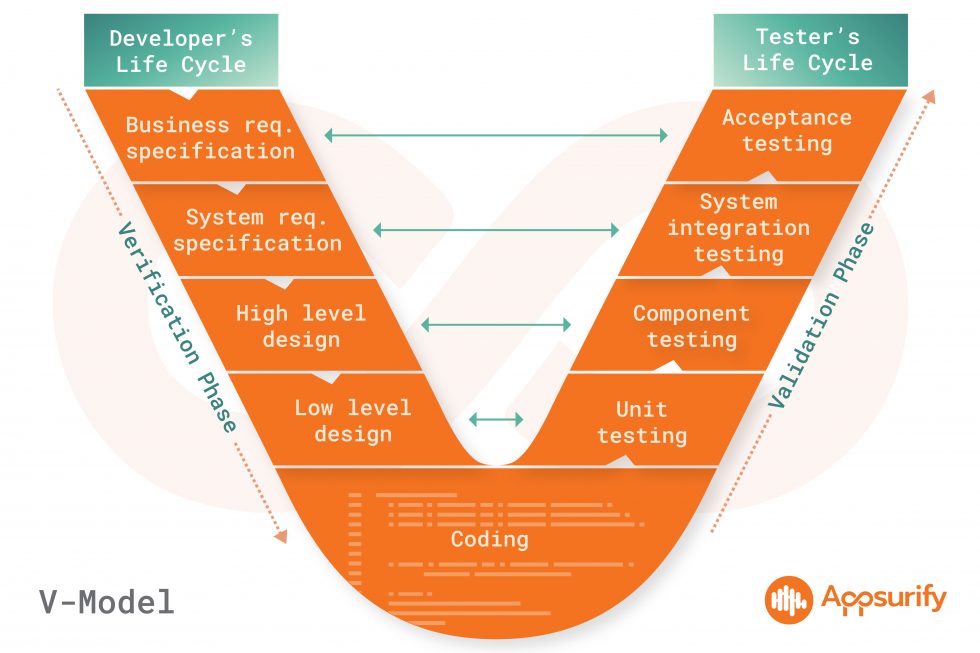In QA work these terms are often used interchangeably. This is a bad practice as these terms refer to different processes. A better approach is to define each term as the team should understand and use it. This document provides that definition and describes some real-world examples.
This is also an example of the type of documentation I produce for a team.
Enjoy! If you have any feedback, contact information is in the footer.
- Krypton -
Definitions and Examples
Verification: proving that a product meets the requirements specified throughout the development life cycle
Examples:
- Code reviews
- Documentation reviews
- Architecture walk-through
- Review database structure or foreign key relationships
Validation: proving that the product meets the expectations of the users and the executable system performs as expected
Examples:
- Manual user interface testing
- Automated test scripts
- Database queries to check data content

Verification is completed before validation. If we wait until the software is code complete (or nearly code complete) to begin verification processes it is more expensive and more time-consuming to correct. This immediately puts planned deadlines in jeopardy and can damage department reputations over time.
Address verification concerns in refinement instead of waiting until the testing phase. When writing test cases, using the above definitions, validation statements should be written to assert the true or false state of the test case. Verification is handled in the Agile process by communication and team activities (i.e. effective sprint planning, sprint end reviews, etc. ) and therefore should be considered separate from validation (mostly testing) efforts.
Understanding the difference between verification and validation is a key part of the overall effort to "push" software quality assurance "to the left". Companies save time and money finding more defects on the left side of the V than the right.

